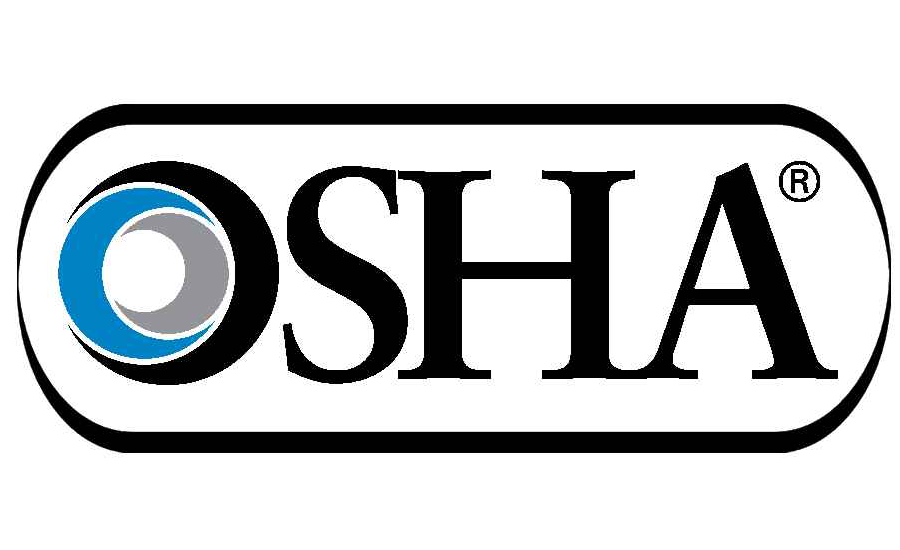Recordkeeping rules: what OSHA wants

What normally transpires during the records review preceding an OSHA inspection?
A records review is an examination of your injury and illness records to determine if a comprehensive audit is warranted. In the past, an inspector would calculate your Lost Workday Injury rate (LWDI) from your OSHA 200 Log and compare it to the national average.
Today, they'll likely get the data from your State Workers’ Comp Bureau before they show up at your door. If your LWDI is higher than average, the officer will likely conduct a comprehensive inspection in the area(s) of concern. Your OSHA 200 Log and other related data will still be reviewed. For example, HazCom training and PPE assessment documentation, since they’re always on OSHA’s Top 10 Violations list, will likely be looked at.
Always remember, written employee complaints are a sure trigger for an OSHA inspection, no matter what your records status may be.
What records must be immediately available to employees?
Material Safety Data Sheets (MSDS) are the only records OSHA requires at each department site, immediately accessible to employees.To whom am I required to show my records?
You are required to produce all injury and illness forms (OSHA Log 200, Form 101), training records, exposure records, written safety plans and related worker safety and health paperwork, as requested by employees or their designates (union rep, lawyer, insurance rep, spouse) or OSHA inspector (local, state, federal).What recordkeeping does OSHA require for PPE?
According to 1910.132, the main elements required are training certification and a written hazard evaluation identifying the workplace evaluated, the person certifying that the evaluation has been performed, and the date(s).What are the main lockout/tagout recordkeeping rules?
A certification of procedures for control of potentially hazardous energy must include: identity of machine or equipment on which energy control procedure is being used; inspection date; employees participating in the inspection; and the person performing the inspection (see CFR 1910.147 for more details or LO/TO recordkeeping).We use forklifts around the clock. What does OSHA require for inspection logs and how often need inspections be conducted?
Under 1910.178, OSHA forklift regulations state that industrial trucks shall be examined at least daily and shall not be placed in service if the examination reveals any condition adversely affecting vehicle safety. When industrial trucks are used on a round-the-clock basis, they shall be examined after each shift. Defects shall be immediately reported and corrected. Your inspection checklist should include: tires, horn, steering, foot brake, parking brake, hydraulic oil level, hydraulic controls, instrumentation, battery plugs and "other." Design your checklist to contain the inspector’s name, date, a vehicle designation (serial or ID number), and ample room for remarks.What does OSHA require for HAZWOPER recordkeeping?
CFR 1910.120 states that employers shall develop and implement a written safety and health program for employees involved in hazardous waste operations. The program should be designed to identify, evaluate and control safety and health hazards, and provide for emergency response for hazardous waste operations. The program shall incorporate:1. An organizational (people) structure.
2. A comprehensive work plan.
3. A site-specific safety and health plan.
4. The safety and health training program.
5. The medical surveillance program.
6. The employer’s standard S&H operating procedures.
7. Any necessary interface between your general program and site-specific activities.
What paperwork is required by OSHA to document electrical training?
All employees must be trained who face risk of electrical shock. Training must precede exposure to the job site, and can be in a classroom, computer-based or on-the-job. To date, however, no specific training documentation is required. But it is wise to record each employee’s name, training dates, content, and the instructor, as with most other training certification.Any common-sense recordkeeping guidelines?
Document your activities in all elements of your safety program. Retain all essential records like those required by workers’ compensation, insurance and safety audits and any government inspections. Also, keep easily accessible all policy statements, procedure manuals and training sessions, safety meeting minutes, information distributed to employees (e.g., memos, safety handbooks, training wallet cards, etc.) and medical records. Be sure they are legible, complete, accurate and up-to-date.What recordkeeping changes will occur in the new Injury and Illness Rule?
For today, I can summarize as follows: ·- The distinction between injuries and illnesses faces elimination. ·
- The time employers must keep injury and illness logs (OSHA Form 200, Form 101) on file may be reduced from 5 years to 3 years. ·
- Lost workday count may be capped at 180 days. ·
- Employee access to injury and illness logs may include access to supplementary forms, which include more detail. ·
- The "small business" exclusion may change from companies with 10 employees or fewer to 19 or fewer. ·
- Upper management certification may be required. ·
- Records automation (to software) may be authorized. ·
- Simplification of OSHA logs is likely.
Looking for a reprint of this article?
From high-res PDFs to custom plaques, order your copy today!





